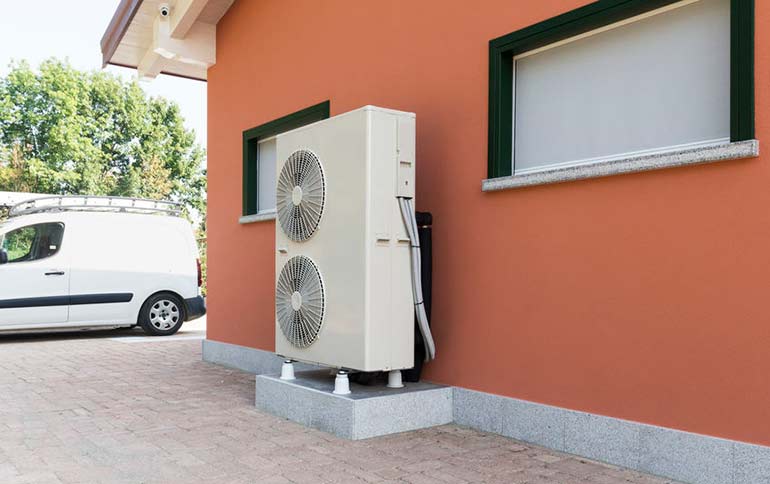Heat pumps to provide 20% of heating needs by 2030
11th September 2022
FRANCE: The installation of 600 million heat pumps by 2030 could cover 20% of buildings’ heating needs, a new report suggests.
High-efficiency electric heat pumps are the primary technology driving reduced emissions from heating in the buildings sector in the Net Zero Emissions by 2050 Scenario (NZE Scenario), according to the new report by the International Energy Agency (IEA).
The IEA sees the number of heat pumps installed globally rising from 180 million in 2020 to around 600 million in 2030. This is based on forecasts of a fast ramp-up of heat pumps from 1.5 million per month currently to around 5 million by 2030.
With a complete phase-out of new fossil fuel boilers by 2025 – a key milestone in the NZE Scenario – heat pumps in combination with energy storage would absorb fluctuations in variable renewable generation, which will enable around 40% of electricity to be produced by solar PV and wind power by 2030.
The IEA maintains that heat pumps are much more energy-efficient than other renewable and conventional buildings technologies, including low-emission hydrogen and biomass boilers.
In addition, it recognises heat pumps as multi-service providers since they can deliver heating, cooling and dehumidification needs.
This analysis is part of a series from the IEA’s new report, Technology and innovation pathways for zero-carbon-ready buildings by 2030, and provides the strategic vision of experts from the IEA Technology Collaboration Programmes (TCPs) on how to help achieve some of the most impactful short-term milestones for the buildings sector outlined in the IEA’s Net Zero by 2050 Roadmap.
Learn more about the report here







